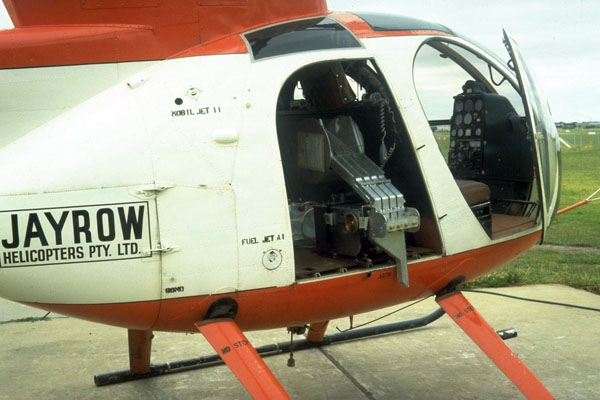


The deposit material and source of the material was not determined. A borescope examination of the engine revealed deposits in and on all fuel injector wheel holes. On November 29, 2005, at the facilities of Heli-Support, Inc., Fort Collins, Colorado, under the supervision of the NTSB investigator-in-charge, the Turbomeca Artouste III B1 engine (serial number 1818) was examined and functionally tested.

On August 31, 2005, the helicopter underwent a 100-hour inspection, at a total airframe time of 19,637.4 hours. In addition, the operator tested the fuel from the supplier at the time of the accident with no contamination or anomalies noted.Ī review of the engine records revealed at the time of the accident, the airframe had accumulated 19,658.4 hours and the engine had accumulated 3,216.5 total hours and 318.6 hours since overhaul. A fuel sample was obtained and tested with no evidence of contamination noted. Examination of the airframe revealed no anomalies with the main transmission, tail rotor drive, airframe fuel, and flight control systems. The airframe was examined under the supervision of a FAA inspector at the operator’s headquarters in Minden, Nevada. The pilot reported the wind conditions as “calm” and the temperature 71 degrees Fahrenheit at the time of the accident.Įxamination by an Federal Aviation Administration (FAA) inspector at the accident site revealed the tail rotor driveshaft was intact, no particles were found on the tail rotor and transmission magnetic chip detectors, and no damage was noted to the tail rotor blades. During the accident sequence, the pilot did not jettison the external load. The pilot then shut off the fuel cut off, secured the electrical equipment, and exited the helicopter. The helicopter’s main rotor blades contacted trees, and subsequently the helicopter came to rest on its right side.

Approximately 30-40 feel above ground level (agl), the pilot pulled the “remaining” collective to slow the descent and rotor RPM. The helicopter entered a descent toward the terrain with approximately 10 knots of forward airspeed. The pilot then closed the throttle to the flight idle position, and the left rotation stopped. As the drill was being lifted off the ground, the helicopter “suddenly violently accelerated (pitched) down left.” The pilot attempted to correct the uncommanded movement by applying right aft cyclic however, the helicopter began a “rapid spin to the left.” A ground witness observed the helicopter complete 3 or 4, 360-degree rotations. The flight departed a remote landing zone near Duchesne, Utah, approximately 1200.Īccording to the pilot, he was attempting to lift a 1,500 pound drill rig that was attached to the end of a 75-foot long line at a terrain elevation of approximately 7,000 feet msl. The flight was being conducted under Title 14 CFR Part 133 without a flight plan. Visual meteorological conditions prevailed at the time of the accident. The airline transport pilot, sole occupant of the helicopter, was not injured. On September 2, 2005, approximately 1240 mountain daylight time, an Aerospatiale SA315B, single-engine helicopter, N220SH, operated by Skydance Northwestern, Inc., Minden, Nevada, was substantially damaged when it impacted terrain following a loss of control during an external load operation approximately 11 miles southwest of the Duchesne Municipal Airport (U69), Duchesne, Utah.


 0 kommentar(er)
0 kommentar(er)
